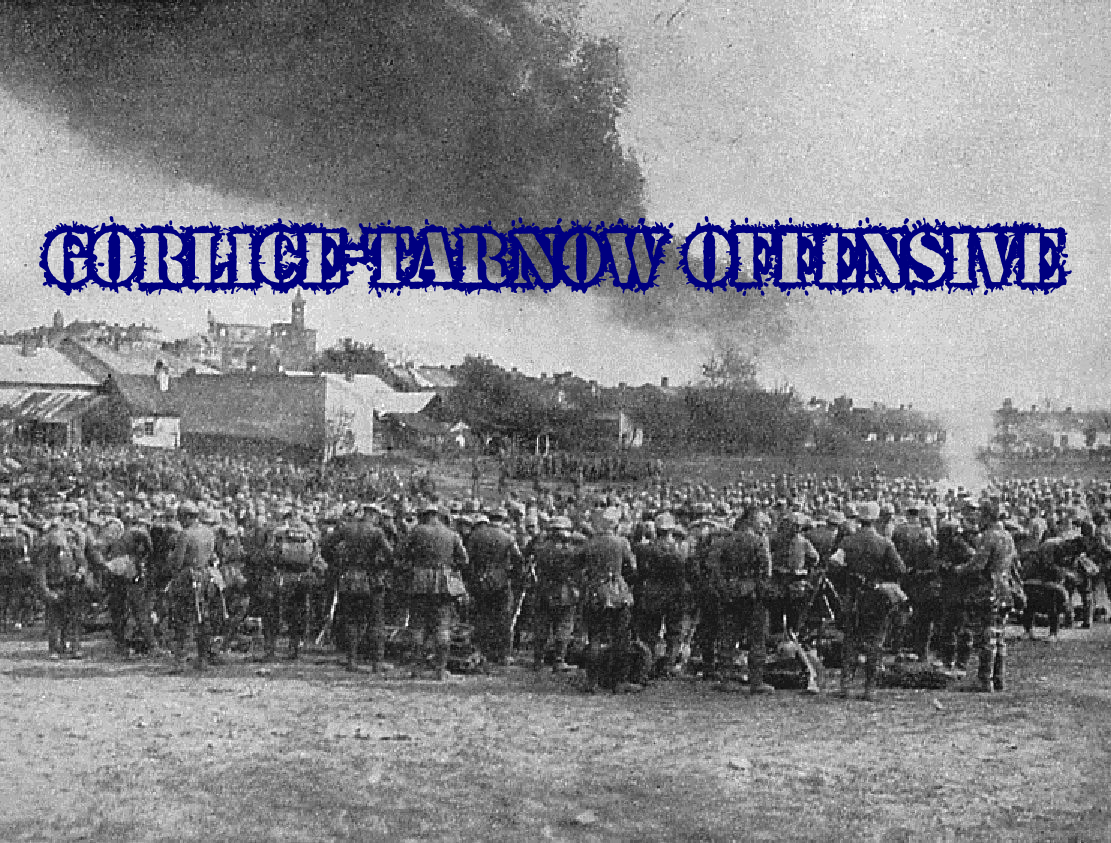Gorlice-Tarnów Offensive: An Overview
Gorlice-Tarnów Offensive: An Overview The Gorlice and Tarnów areas were important in WWI, as was much of Poland. Both the Russians and the Germans… Read More »Gorlice-Tarnów Offensive: An Overview
Gorlice-Tarnów Offensive: An Overview The Gorlice and Tarnów areas were important in WWI, as was much of Poland. Both the Russians and the Germans… Read More »Gorlice-Tarnów Offensive: An Overview
